2007 Toyota Camry

| The Good: – Non-offensive styling – Fairly comfortable cruiser – Tons of interior space |
The Bad: – Conservative interior feel – Very soft handling – Gets expensive with options |
There isn’t really much to write about the all-new Toyota Camry. No matter what the critics say, it will sell faster than fast food, and it will make their owners happier than their marriage ever did. It will also last longer than their marriage and it will be more dependable than their jobs. Other than that, if you are not the type to automatically jump into a Toyota blindly, and the Camry happens to be on your shopping list, then read on.
The Australian-built Toyota Camry has been redesigned from the ground up for the 2007 model year. It now features slightly more exotic sheetmetal, with a handful of random creases and curves vaguely reminiscent of German cars, and an attractive profile that hints at its connection to Lexus. It is also commendable that Toyota did not further increase its height or length to ugly proportions.
Its sizeable wheelbase gives the Camry a deluge of interior room, including ample legroom and headroom for freakish hulks and bodybuilders, both front and back. The seats themselves are very basic, with simple one-size-fits-all bolstering and durable cloth upholstery in our mid-range trim level. Efficient use of space means that the massive luggage trunk is also retained, enough to hold as many as four suitcases and still have room left over for a couple of bags. All-round visibility is good, with well-placed mirrors and large windows.
Cabin materials comprise of durable plastics, but many of them are hard, so the interior ambience is decidedly more Yaris than Lexus. Cloth door inserts offer some padding, but the rest of the interior is stark, even though the upper dash and doors have “soft-touch” materials that are a bit on the firm side. The CD/MP3 stereo deck is the first of its kind we’ve seen, with the entire panel lighting up at night. It is cheesy-fun to look at, but ultimately, it cannot be swapped out for aftermarket units due to its non-standard shape. It does have a convenient in-dash CD changer however. The speakers are basic, but enough to belt out radio tunes and traffic updates clearly. Additional features are as expected in our mid-level GLX tester, with power windows, cruise control, power mirrors, a few steering wheel buttons, four cup-holders, a sunroof, keyless entry, dual front airbags and one power driver’s seat with a manually-adjustable steering wheel. Everything is within reach, but certain buttons are not lit at night, making it difficult to find them in the dark. The a/c control dials are brightly lit however, making it easy to manage the strong a/c, which feature both front and rear vents.
The new Camry is now available with only a 2.4-litre four-cylinder engine in the Middle East region. This is probably due to little demand for the V6 locally. The smooth 158 hp inline-four is only lightly upgraded from the previous engine, so it offers similar performance. Around town, slow cruising is a quiet affair, assisted by 218 Nm of torque, with little protest from the motor. Hammer the throttle and the car moves adequately, but with very little urgency, even if it manages little tyre chirps on launch. It crawls its way to 100 kph in over 10 seconds. Quick overtaking requires gunning it, and the revving engine clatters its heart out until your foot is off the pedal and in cruise mode again. The optional five-speed automatic, as in our tester, is buttery-smooth most of the time, but it is very easy to confuse it with haphazard throttle inputs, which makes it hunt gears sometimes. Fuel economy during mixed driving yielded 12.3 litres per 100 km, which is barely a litre less than our V6-powered Lexus ES 350 tester surprisingly.
Highway trips are comfortable, almost as good as its upscale Lexus cousin. The engine is quiet at 120 kph, and wind noise is largely kept at bay, so the only noticeable sound is the moderate road rumble from the tyres. The suspension is very supple, so the ride is mostly smooth even at 160 kph, but broken pavement and potholes make the car feel floaty and bouncy.
Cornering fast with this car is not for the faint-hearted. Go into a long curve at 100 kph, and the Camry loads up with healthy doses of body roll and mild understeer. Jump into a sharp curve at 60 kph, and the tyres start squealing under heavy understeer. The steering is almost as soft as the suspension, great for parking, but offering no feedback whatsoever in any sort of driving. There is a good amount of grip from the high-profile 215/60 rubber wrapping the 16-inch alloy wheels no matter how much the car is swaying on the turns, which should be enough to keep most people out of trouble, since this front-wheel-drive car has no stability control gadgetry.
What it does have is four-wheel ABS-assisted disc brakes with electronic brake-force distribution. It looks great on paper, but the brake pedal is weightless and requires stomping to make the car slow down from moderate speeds even below 100 kph. The mushy brakes mean it takes guesswork to figure out how long the car will take to stop. The soft suspension also means that moderate braking over a mildly bumpy surface makes the ABS go off, accompanied by mild pulses of tyre squeal. None of this upsets the stability however, and the car stops straight.
As we mentioned before, the new Toyota Camry is going to sell no matter what we say, given its reliability, build quality, resale value and spacious interior, which is exactly what its target market wants. It gets pricey with options, and Toyota offers an expensive sports version that probably isn’t a whole lot sportier, but it is still largely the car that the Camry nameplate is popular for. In short, it remains faithful and committed to being a comfortable family car. Anyone who liked the previous Camry is going to love this new one.
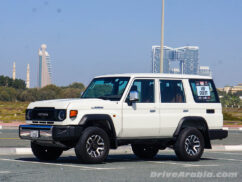
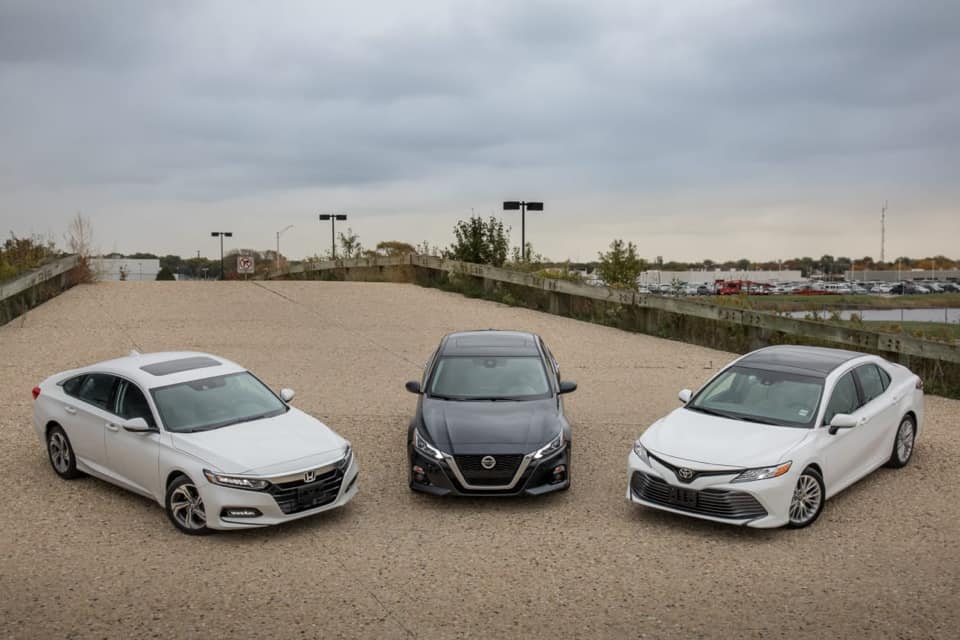
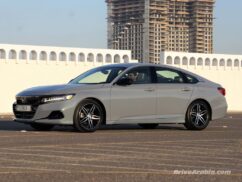
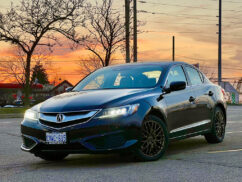


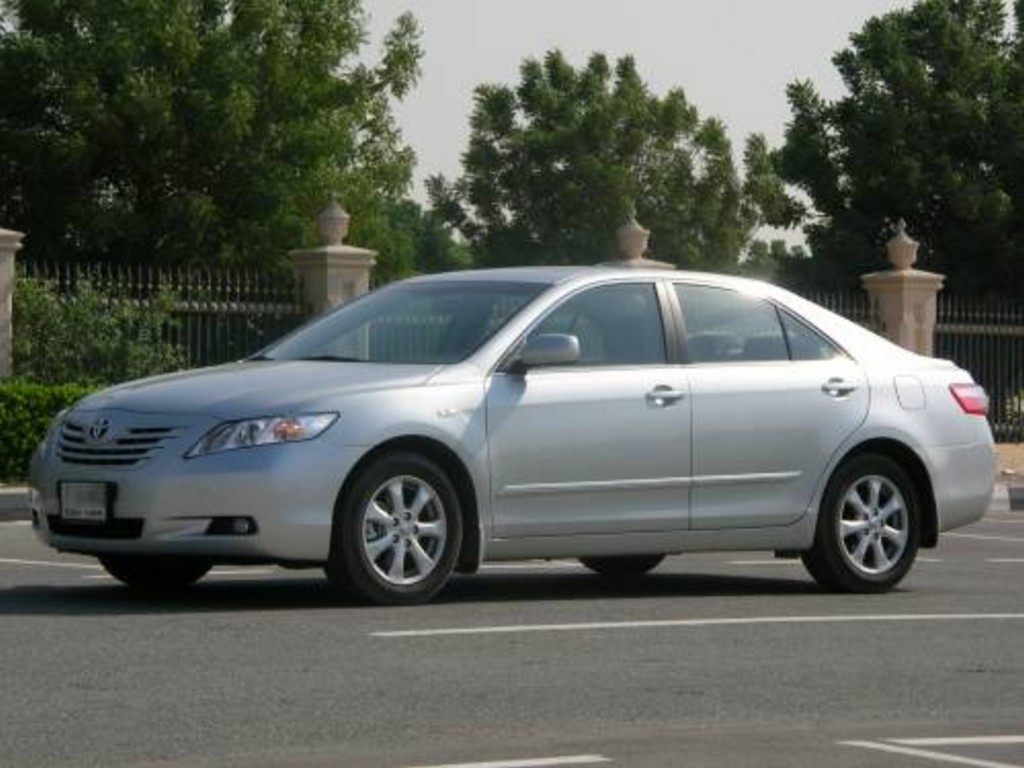




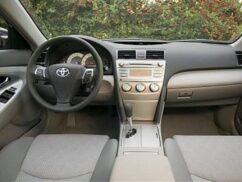
There are no comments. Be the first!